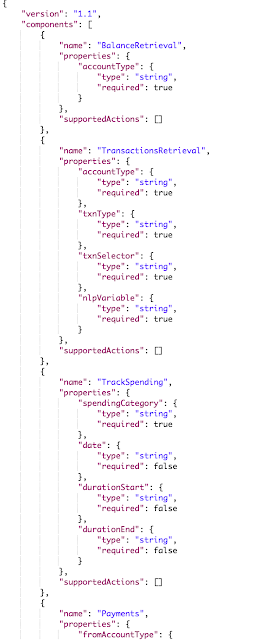You no longer have to configure managed servers individually but instead you configure a cluster with the number of servers you want and the server template or the domain default values. From there the system maps out managed servers with attributes inherited from the server template.
Dynamic clusters can absolutely be a building block for elasticity in the cloud environment.
To create a sample WebLogic Dynamic Cluster configuration, follow the steps below:
- Download and install Oracle WebLogic Server 12.1.2 at http://www.oracle.com/technetwork/middleware/fusion-middleware/downloads/index.html
- Create a new domain called mydomain. If you need the instructions on how to create a WebLogic domain, go to: http://docs.oracle.com/middleware/1212/wls/WLDCW/newdom.htm#i1097775
- Start WebLogic Admin Server by running $WLS_HOME/user_projects/domains/my_domain/startWebLogic.sh | .bat where WLS_HOME is the directory where you have installed WebLogic
- Navigate to WebLogic console at http://localhost:7001/console (default settings used here)
- Under the domain structure, click on Machines and configure a new Machine called myMachine and the default settings.
- Create the Dynamic Cluster. Click on Cluster under the Domain Structure menu
- Click on the New button and then select Dynamic Cluster
- Specify the name for your Dynamic Cluster (i.e. myDynamicCluster) and press Next
- Select the number of dynamic server you want to configure, select the server name prefix and the template to be used when creating new servers. Click Next
- For this simple local configuration, specify the Machine Binding to be using the machine you created (myMachine) previously. Click Next
- Select the listen port for the first server in the dynamic cluster and then the SSL lister port for the first server in the dynamic cluster. The subsequent servers will be assigned with an incremental port number. Click Next
- You will be presented with the summary of your New Dynamic Cluster configuration. Click Finish and it will be created for you.
- The Summary of Clusters screens should show you the recently created Dynamic Cluster.
- Click on myDynamicCluster and then go to the Control tab.
Before you can start any of the dynamic cluster members, make sure you have started the Node Manager on your machine with the following command: $WLS_HOME/user_projects/domains/my_domain/bin/startNodeManager.sh | .bat
As soon as the Node Manager is started, then go back to the WebLogic Admin Console, then select one of the servers in the cluster and then click Start. As a result of that operation, you should see the selected server up and running.
- The next step here is to start the other servers configured in your cluster and as a bonus you can dynamically add new members to the dynamic cluster.
I hope you found this sample tutorial and stay tuned for more!












